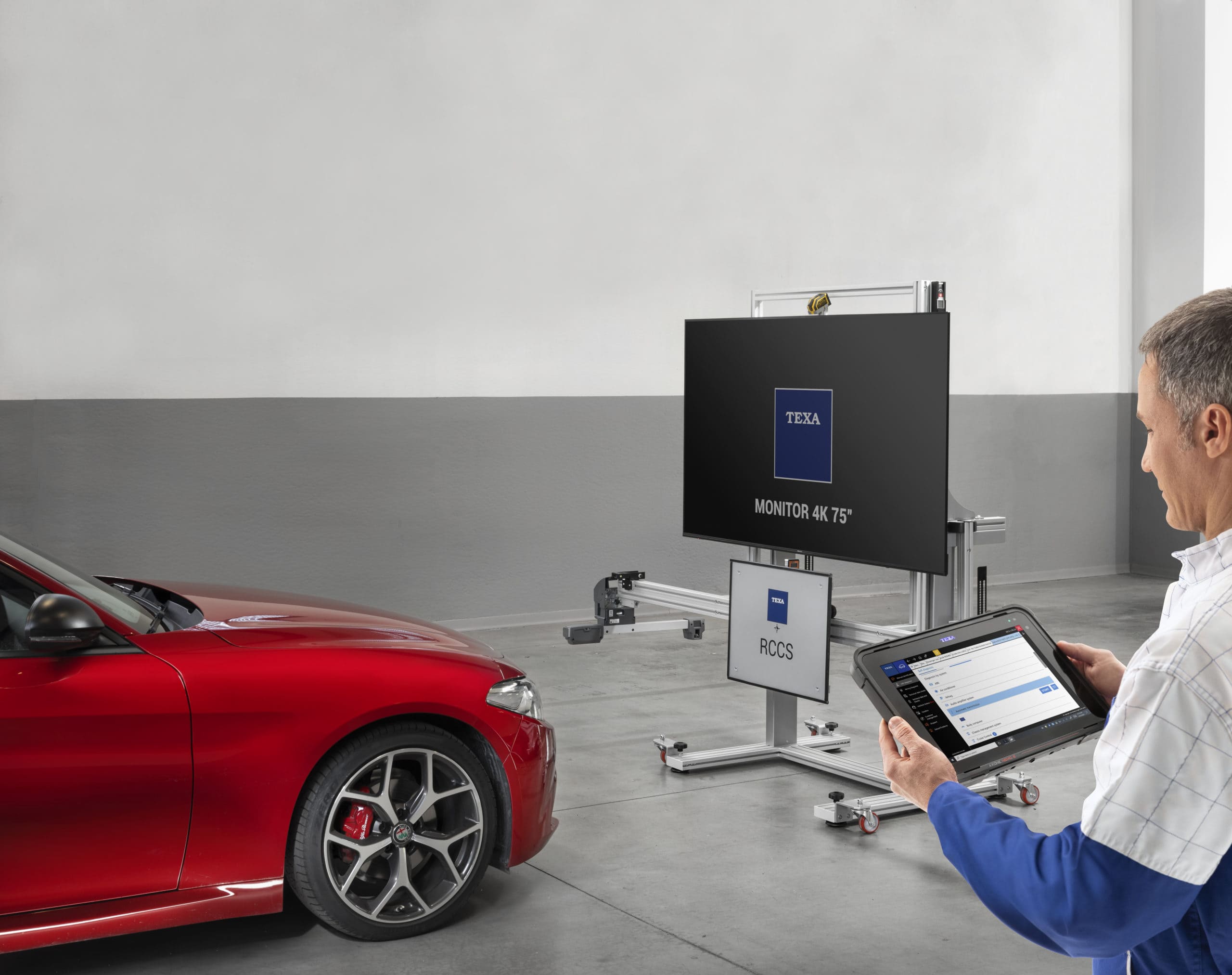
Understanding ADAS
What is ADAS Calibration and Why is it Important?
Advanced Driver Assistance Systems (ADAS) are safety technologies designed to prevent accidents and reduce the severity of collisions.
These systems include features such as:

Understanding ADAS
Advanced Driver Assistance Systems (ADAS) are safety technologies designed to prevent accidents and reduce the severity of collisions.
These systems include features such as:
ADAS relies on a network of sensors, cameras, and radars to interpret road conditions. If any of these components are out of alignment – even by a few millimetres – the system’s performance can be compromised.
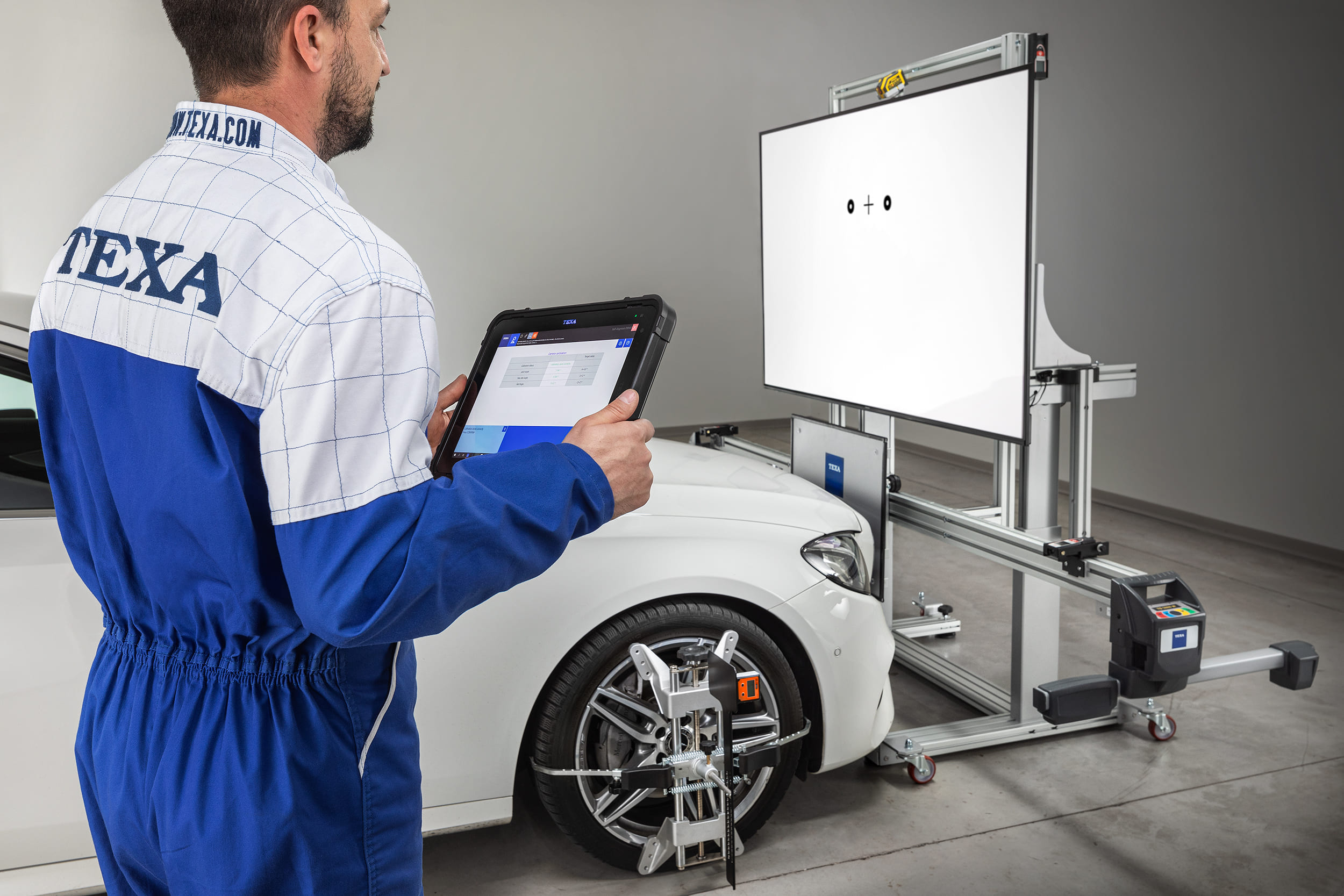
Vehicles with cameras mounted on the windshield will need recalibration after a windshield replacement to ensure accurate readings.
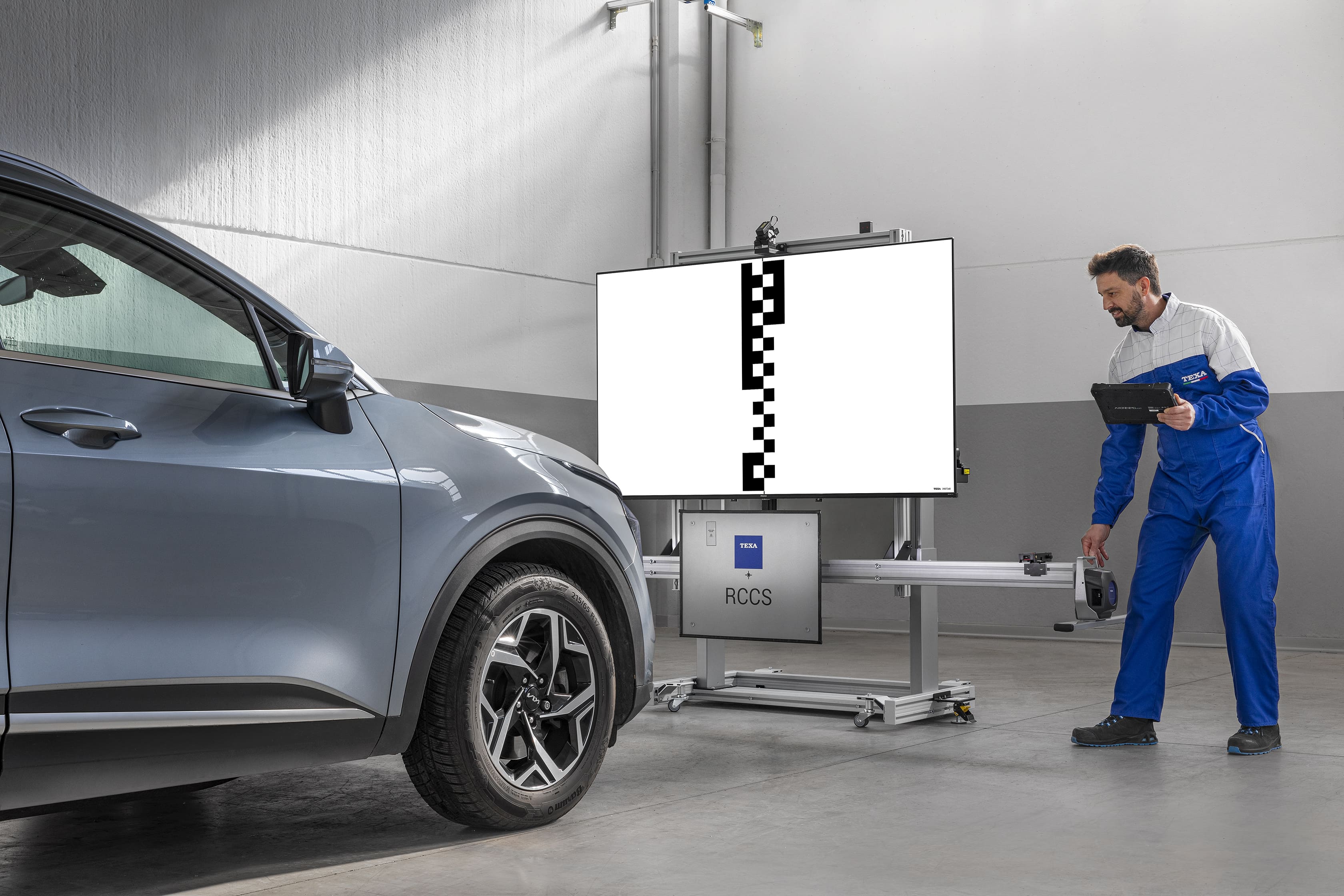
After any accident, even a minor one, recalibration is necessary to realign the ADAS sensors to factory standards.
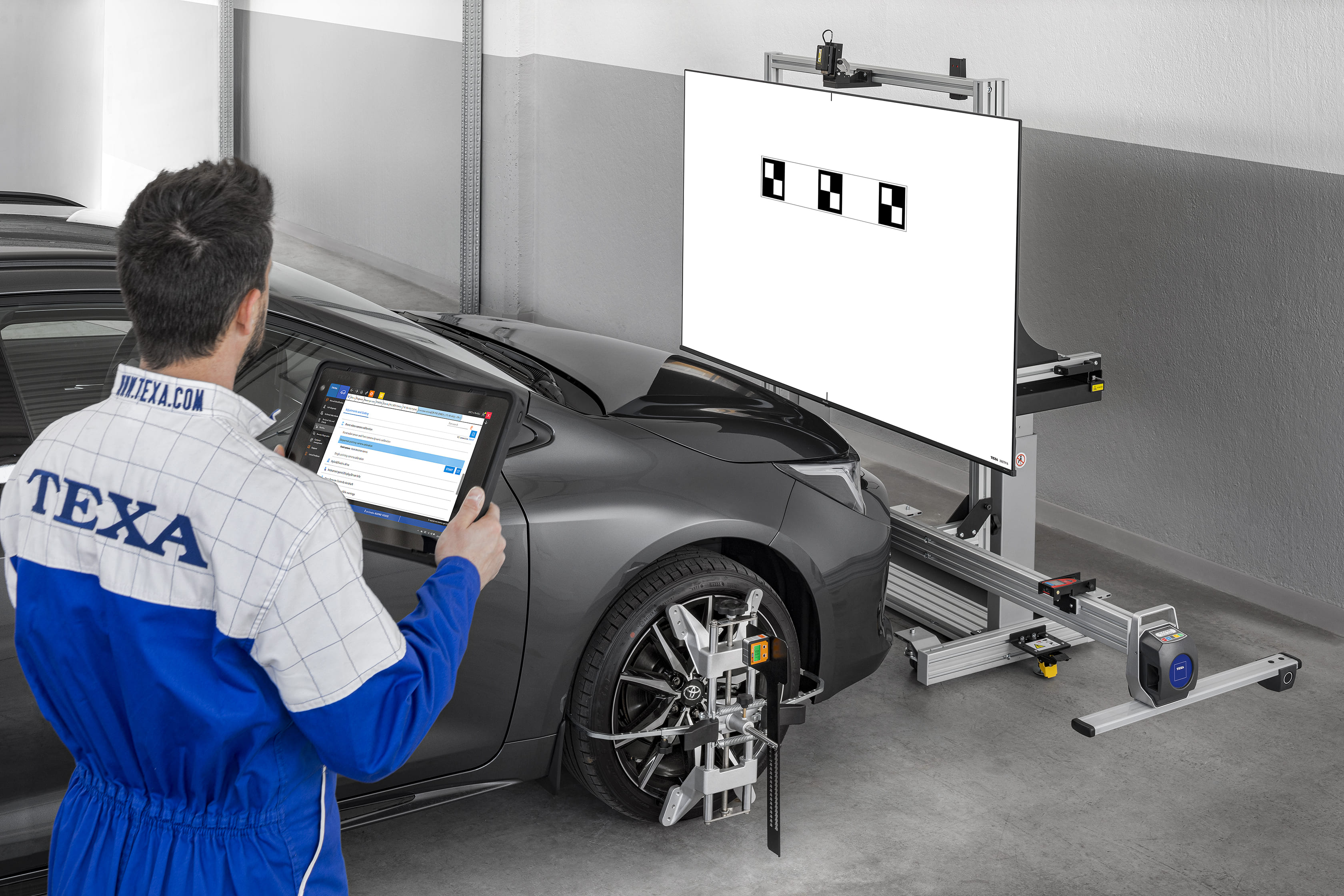
If your vehicle’s suspension or alignment has been altered, it’s crucial to recalibrate the ADAS to ensure optimal performance.

Conducted while the vehicle is stationary, static calibration requires precise alignment in a controlled environment. Our RCCS 3 system ensures that all sensors are correctly calibrated to their factory settings, delivering exact measurements for road safety.
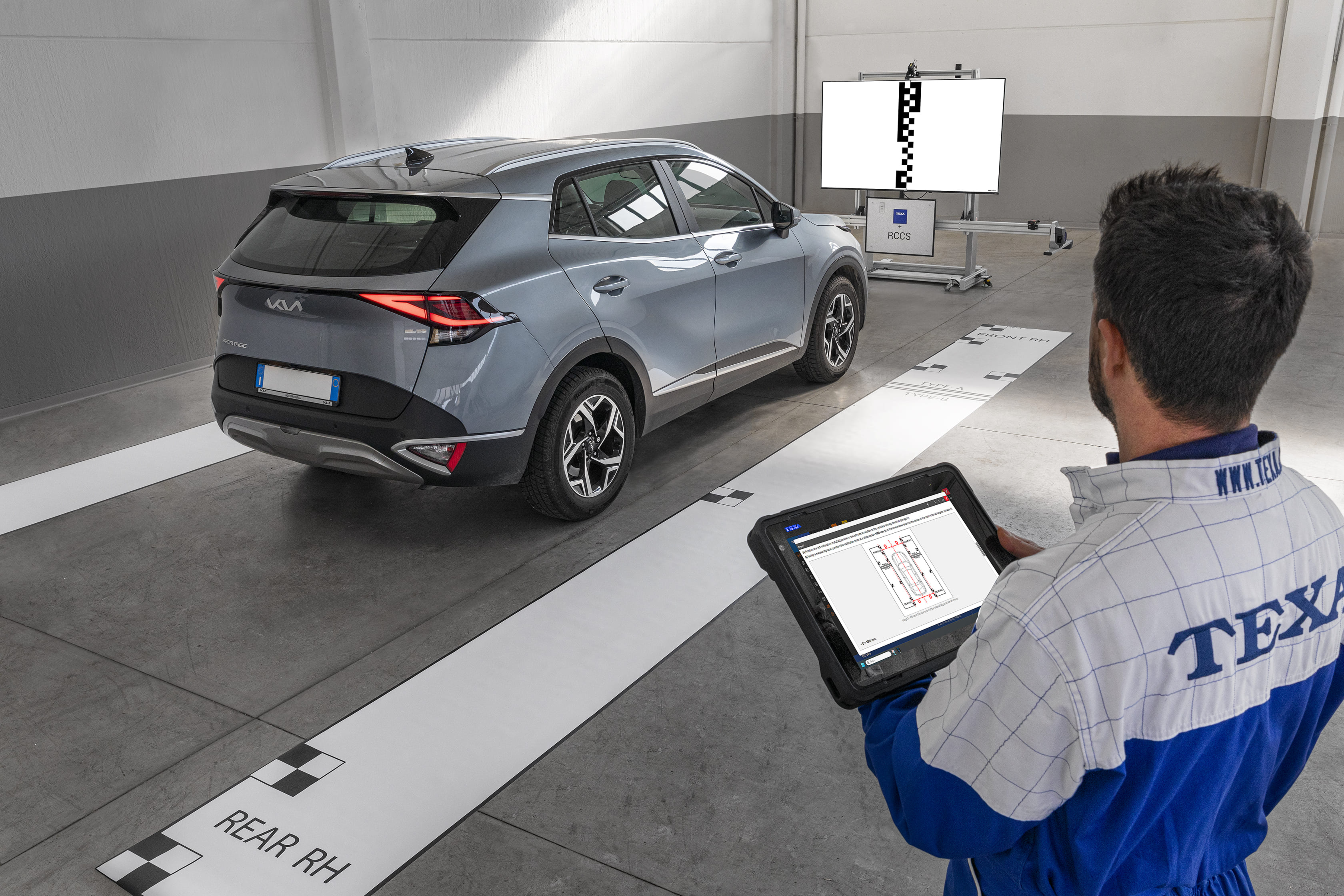
In cases where static calibration is not enough, dynamic calibration involves testing the sensors while the vehicle is in motion. By driving the car under specific conditions, we ensure that ADAS features like adaptive cruise control, lane-keeping assistance, and automatic braking respond appropriately to real-time driving scenarios.
Do you need your ADAS system calibrated or recalibrated? Our team at South Wales ADAS is here to help! With state-of-the-art equipment and certified expertise, we ensure your vehicle’s safety systems are functioning at their best.